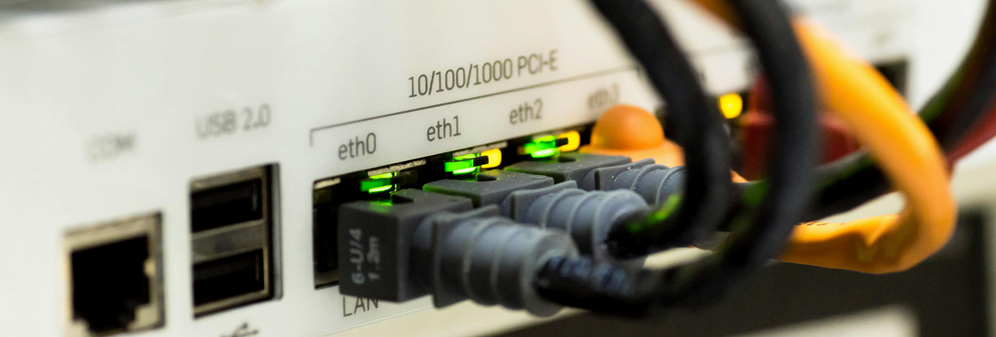Content

A Wide Area Network (WAN) is a network that covers a large geographical area. It is used to connect various smaller networks, such as Local Area Networks (LANs) or Metro Area Networks (MANs). WANs can span cities, regions, countries or even continents.
What exactly is a Wide Area Network?
The main function of a WAN is to enable users from different locations to access central resources or to connect different networks within an organization.
WANs use a variety of transmission media and technologies. These include conventional telephone lines, fiber optic cables, satellite connections and radio links, which transmit data, voice, and video between locations that are geographically distant from each other.
A key aspect of WANs is that they often integrate multiple smaller networks, such as Local Area Networks (LANs) or Metro Area Networks (MANs). For example, a company with offices in different cities or countries—each of which has its own LAN—could use a WAN to link these locations together. This allows employees to access shared resources regardless of where they are located.
The best-known example of a WAN is the Internet, a global network that connects millions of smaller networks around the world. It serves as a platform for a variety of services, including email, web browsing, file transfer and streaming.
Especially for large organizations, WANs play a crucial role as they support continuous communication and data flow between different locations, which are essential for the smooth functioning of global business operations.
How does a WAN (Wide Area Network) work?
WANs transmit data between different locations. Data can be transmitted via various means, such as copper wires, fiber optic cables, satellite links or wireless technologies.
In a WAN, data is sent in the form of packets via network routes. Routers are the main devices used in WANs to determine the path for the data packets based on various routing protocols and algorithms. Routers connect networks and forward data packets based on their IP address. Switches can be used to connect network segments within a site, while routers connect the switches to the external WAN.
Available bandwidth is a critical aspect of a WAN because it determines how much traffic can be sent across the network at any one time. WAN connections can be dedicated, meaning that the bandwidth is reserved exclusively for the connection, or they can use public networks where the bandwidth is shared.
VPNs are often used in WANs to enable secure communication over public networks. They encrypt data packets to increase security and maintain privacy. A common encryption protocol is IPsec.
What is a LAN and what is a MAN?
A LAN (Local Area Network) is a computer network that is limited to a small geographical area (e.g. a building) and offers high data transfer rates for internal networking. A MAN (Metropolitan Area Network), on the other hand, covers a larger area, typically a city or metropolitan area, and connects multiple LANs within it.
What is the difference between LAN and WAN?
WAN (Wide Area Network) and LAN (Local Area Network) are both computer networks, but they differ in their geographical coverage and the way they are managed.
A LAN is limited to a small geographical area, typically a single building or campus. It can be found in offices, schools or private homes, for example. A WAN covers a much larger area. It can connect cities, countries or continents. The largest WAN is the Internet.
LANs usually offer higher transmission speeds because they are limited to a small area and the data does not have to be transmitted over long distances. WANs have slower speeds compared to LANs because the data is transmitted over longer distances and is often routed through different networks and connections.
LANs typically use Ethernet technology over coaxial or twisted pair cable, or wireless technology. WANs use a variety of technologies to bridge long distances, including fiber optic lines or satellite connections.
What is an SD-WAN?
SD-WAN stands for Software-Defined Wide Area Network. It is a technology that extends traditional wide area networks (WANs) with software to simplify network operation and management. SD-WANs use software to control and optimize network connections over large geographical distances.
For example, an SD-WAN enables companies to use multiple transport services, such as MPLS, LTE and broadband Internet, to connect and route network traffic. This can improve network performance, reduce costs and provide greater flexibility in terms of connecting different locations.
